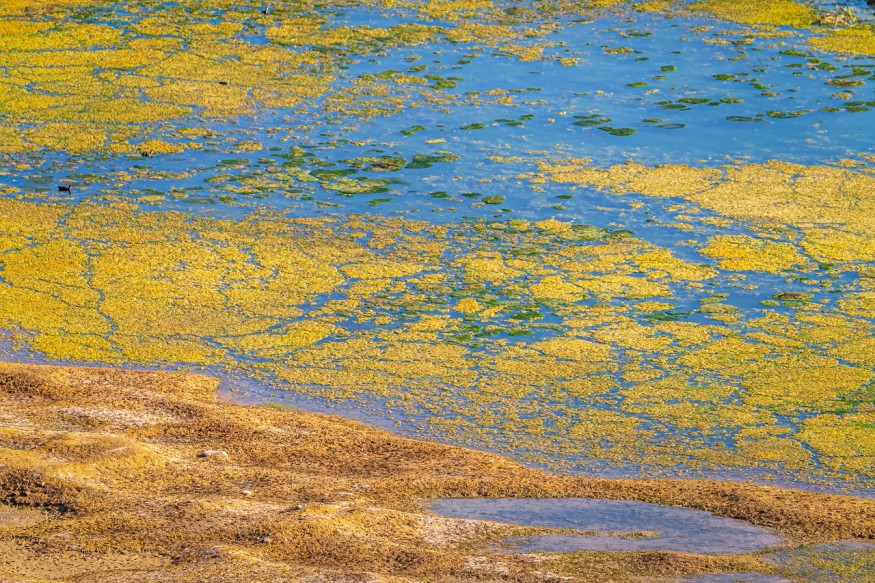Multiple dog deaths have been reported in Ireland over the past week, with local veterinarian authorities blaming the 'blue green algae' for causing serious illnesses like organ failures to the animals.
The authorities are warning pet owners to keep their canine friends away from stagnant waters in lakes and ponds, which are some of the evident habitats of the eukaryotic organisms.
While an official investigation has been launched into the incident, the experts are still confident that the presence of algae in a lake between the border of Leitrim village and Fermanagh county. A 'water quality advice' has been issued by local officials as the threat did not only occur recently. However, one fact is certain that the dogs became sick after swimming in the said lake.
Ireland Dog Deaths

Aoife Ferris, who works at the Lakeland Veterinary Services in Belleek, stated they have already observed multiple dogs that requires serious veterinary intervention after swimming in the lake over the past 48 hours as of Friday, June 2, the Irish Examiner reported.
Ferris warned the blue green algae in the lake has been proven to be toxic to pets and it is the cause of a number of serious symptoms that leads to acute organ failure, at least in some cases. She also spoke to RTE radio's 'News at One,' revealing her work led to encountering the said cases where the animal died after swimming in Lough Melvin, a lake in Europe.
What are Blue Green Algae?
Also known as cyanobacteria, the blue green algae are any large, heterogenous group of photosynthetic organisms. This means they acquire energy through the process of photosynthesis, just like plants do.
Sometimes spelled as 'blue-green algae,' the organism is actually bacteria that have resembling qualities of algae and other plants. Its name cyanobacteria are derived from 'cyan,' which means "blue-green." They are commonly found both in terrestrial and marine environments like rivers, estuaries, and ponds, according to the Washington State Department of Health.
In such an environment, the algae can reproduce quickly due to the combination of sunlight, warm temperatures, and nutrient-rich waters. In terms of its morphological appearance, 'blue-green blooms' can be found floating to the surface and appear to be several inches thick near the shoreline.
Blue Green Algae Symptoms
In the case of the intoxicated Irish dogs, the animals immediately showed symptoms from the blue green algae such as drooling and frothing at their mouth, as well as seizures. Experts assert the algae also pose a threat to humans and other animals aside from dogs.
Dogs are vulnerable to blue green algae either they swim or drink contaminated water. In addition, they can also acquire it when it comes into contact with their fur and ingest it while cleaning themselves afterward, according to the United Kingdom's Blue Cross organization.
© 2025 NatureWorldNews.com All rights reserved. Do not reproduce without permission.





